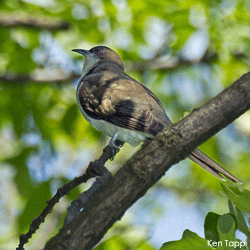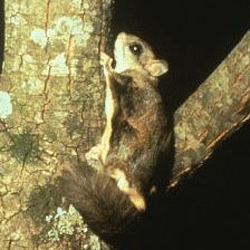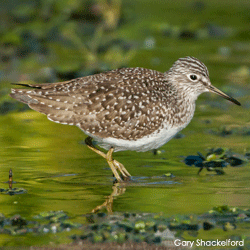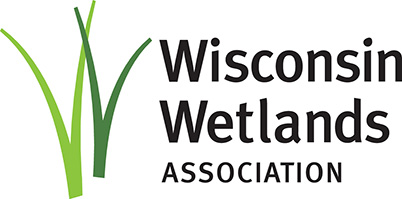
Rare wetlands
Wisconsin has two very rare wetland types found along our Great Lakes coasts: ridge-and-swale wetlands and interdunal wetlands.
Ridge-and-swale wetlands have dry sandy ridges alternating with wet areas (swales). As the last glaciers left Wisconsin more than 10,000 years ago, the land was relieved of the glacier’s weight and began slowly uplifting. The combination of uplifting, wave action, and varying lake levels over time created a series of parallel dunes in shallow areas along the Lake Michigan coast. The alternating dry and wet conditions in these wetlands provide for a great diversity of plants and animals in a relatively small area, with wetland plants growing just a few feet from dry forest species.
Interdunal wetlands are low spots carved by high winds in sand dunes bordering the Great Lakes. Their hollows are carved deep enough to reach groundwater. Interdunal wetlands provide critical habitat for many uncommon plant species and provide resting and feeding areas for migrating and resident waterbirds.
How to recognize them
In Wisconsin, interdunal wetlands are found primarily along the Lake Michigan, especially in Manitowoc and Door Counties. A few interdunal wetlands can also be found on Lake Superior. Look for low-lying wetlands between high, dry dune ridges.
Plants and animals to look for



Interdunal wetlands



